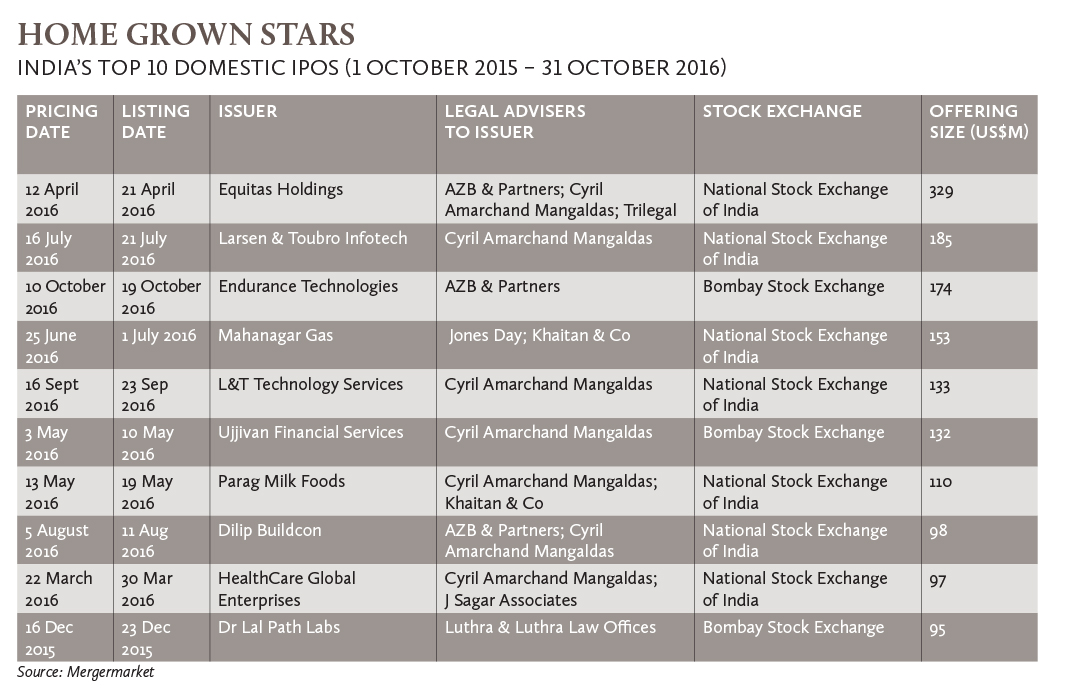The Bombay Stock Exchange and the National Stock Exchange of India are gearing up for their own listings but they still face legal and regulatory hurdles.
Nandini Lakshman reports
For quite some time, the highly profitable stock exchanges in India have been harbouring ambitions of making their public market debut. Ironically, even as Asia’s oldest bourse, the Bombay Stock Exchange (BSE), and India’s largest, the National Stock Exchange (NSE), assiduously worked overtime to attract private companies to list on their platforms, they have been grappling with obstacles to their own listings. So far, the country’s only listed bourse is the Multi Commodity Exchange of India.
But after India’s market watchdog, the Securities and Exchange Board of India (SEBI), notified amendments to the stock exchanges and clearing corporation regulations earlier this year, the BSE and NSE are finally belting up for listing. The changes – regarding ownership, governance, and listing of stock exchanges and clearing corporations – smooth the path for exchanges to go public.
SETTING THE SCENE
The exchange listing saga is a long one. In 2009, the Bimal Jalan Committee looked into issues of listing and governance of the stock exchanges and clearing corporations. It ruled out any listings by market infrastructure institutions, but recommended profit caps for exchanges to avert speculative investment and potential conflicts of interest.
You must be a
subscribersubscribersubscribersubscriber
to read this content, please
subscribesubscribesubscribesubscribe
today.
For group subscribers, please click here to access.
Interested in group subscription? Please contact us.




























